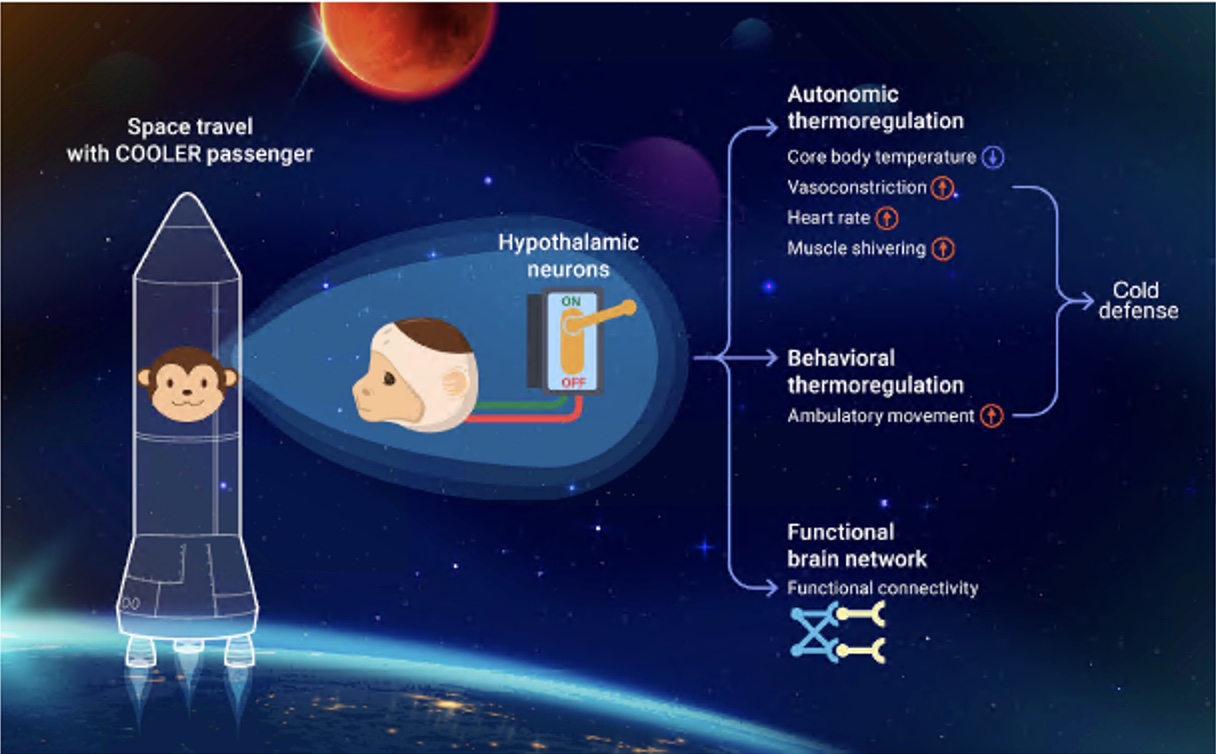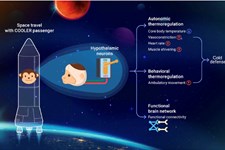News

Human Torpor? Activating Excitatory Neurons in the Hypothalamus Induces Hypothermia in NHPs
Warm blooded animals maintain body temperature within a narrow range, and both hypothermia and hyperthermia are medical emergencies. In primates the knowledge about the thermoregulation center in the hypothalamus is limited. It is known that by directly warming or cooling the preoptic or anterior hypothalamus will result in hypothermia in baboons and squirrel monkeys. In a current study the researchers reason that by activating the preoptic area (POA) in a cell type specific manner would aid in the understanding how the thermoregulation in nonhuman primates works, and eventually in humans.
Core body temperature measured during experiment
Scientists from SIAT (Shenzhen Institute of Advanced Technology) implanted in a group of male cynomolgus monkeys (Macaca fascicularis) with Star-Oddi DST micro-T in the abdominal cavity two weeks before the trials started. The loggers were attached to the abdominal wall and removed two weeks after all recording sessions finished. The loggers were set to measure the core body temperature every 5 minutes for months. Several other parameters were measured among them locomotion, ECG, EMG, blood samples and fMRI.
Chemogenetically activation of POA resulted in hypothermia
The researchers used a complex procedure to activate the POA which included injection with a DREADD - encoded virus (DREADD: designer receptors exclusively activated by designer drugs) followed by injection of the DREADD agonist Clozapine N-oxide (CNO).
The results showed that, the CNO induced hypothermia in both the hM3Dq gene expressing monkeys and the control animal. The same effect were not produced in the same monkeys when injected only with saline. These results were shown both in free moving animals and anesthetized animals. The clinical signs of the cold defense shown by the monkeys mimics strenuous exercise, showing increased movements, increased heart rate, vasoconstriction and shivering.
Further results can be accessed in the article, published in The Innovation in January 2023, and can be accessed here.
